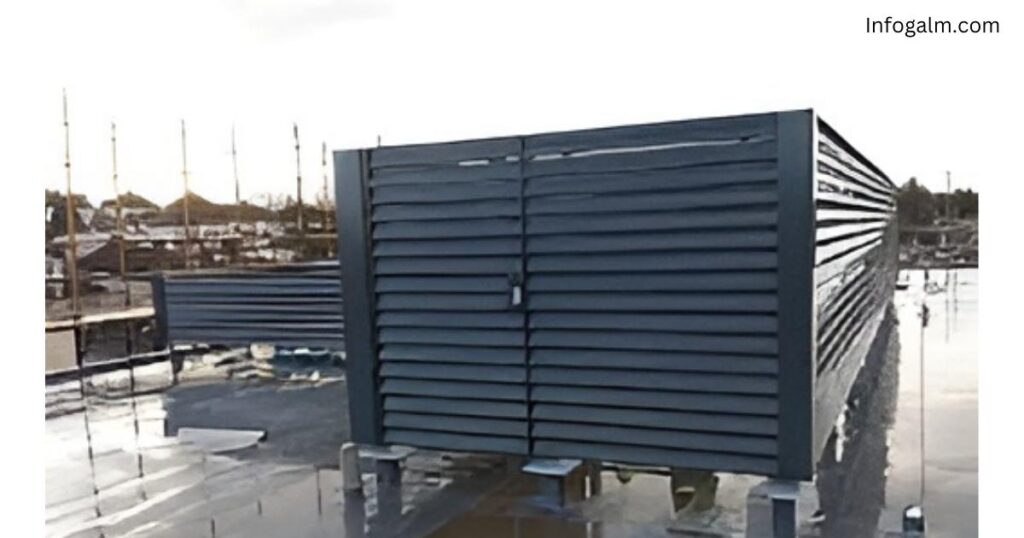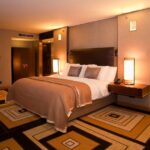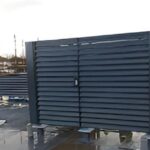When it comes to modern design and landscaping, plant screen louvres have become a flexible option that improves both the look and the function. These innovative design elements are not only visually striking but also offer a myriad of benefits that can transform any space. From enhancing privacy to improving energy efficiency, plant screen louvres present a comprehensive approach to design that aligns with contemporary sustainability goals.
Aesthetic Appeal
One of the most significant benefits of plant screen louvres is their ability to elevate the visual appeal of a space. These louvres can be designed to accommodate various plant types, allowing for a lush, green environment that softens hard edges of buildings and structures. The incorporation of greenery adds texture and colour, creating a dynamic visual landscape that can adapt to the seasons.
Moreover, plant screen louvres can be tailored to match the architectural style of any building. Whether you prefer a sleek modern look or a more traditional aesthetic, these louvres can be customised in terms of materials, colours, and shapes. So they are very adaptable and can easily fit into modern patterns. They still stand out and get people’s attention, though.
Enhanced Privacy
In urban environments, privacy can often be a luxury. Plant screen louvres provide an effective solution for creating secluded outdoor areas, making them ideal for residential spaces, balconies, and patios. The strategic placement of plants within the louvres can block sightlines from neighbouring properties or public spaces, allowing individuals to enjoy their outdoor spaces without the prying eyes of passersby.
This feature is particularly beneficial for multi-unit dwellings, where privacy can be compromised. By utilising plant screen louvres, residents can carve out their personal oasis amidst the hustle and bustle of city life.
Improved Air Quality
Beyond aesthetics and privacy, plant screen louvres play a vital role in enhancing air quality. Plants naturally filter pollutants and carbon dioxide, releasing oxygen into the atmosphere. Incorporating plants into louvre systems not only beautifies a space but also contributes to a healthier environment.
This is especially important in urban areas, where air quality can be significantly compromised by traffic and industrial activities. By integrating plant screen louvres into building designs, architects and developers can promote better air quality for occupants and the surrounding community.
Energy Efficiency
Another compelling benefit of plant screen louvres is their potential to improve energy efficiency. These louvres provide shade, reducing heat gain during hot summer months. By blocking direct sunlight from entering buildings, they help maintain cooler indoor temperatures, which can lead to decreased reliance on air conditioning systems.
This decrease in energy use not only lowers power costs but also helps the environment stay healthy. As energy efficiency becomes increasingly important in combating climate change, the role of plant screen louvres in architectural design cannot be overstated.
Noise Reduction
In addition to enhancing privacy and air quality, plant screen louvres can serve as effective noise barriers. The combination of plants and louvre design creates a buffer against urban noise pollution, providing a tranquil environment for residents and occupants. This function is especially helpful for homes that are close to noisy areas like highways, trains, or other roads.
By incorporating plant screen louvres into their design, homeowners can enjoy a peaceful outdoor space that allows for relaxation and leisure without the constant interruption of external noise.
Sustainable Design
In today’s eco-conscious world, sustainable design is at the forefront of architectural innovation. Plant screen louvres embody this ethos by promoting green building practices. Using living plants in louvre systems is in line with sustainable gardening ideas. This helps control stormwater runoff and lower the urban heat island effect.
Furthermore, many of the materials used in the construction of plant screen louvres can be sourced sustainably, adding to their environmental benefits. By choosing louvres that incorporate native or drought-resistant plants, property owners can also minimise water usage and support local biodiversity.
Conclusion
In summary, plant screen louvres offer a multifaceted approach to transforming spaces, blending aesthetic enhancement with practical benefits. From improving air quality and energy efficiency to providing privacy and noise reduction, these innovative design elements cater to the needs of modern living while promoting sustainable practices.
As urban areas continue to evolve, incorporating plant screen louvres into architectural and landscaping designs will not only beautify our environments but also contribute to healthier, more sustainable communities. Whether you’re an architect, developer, or homeowner, considering the advantages of plant screen louvres can lead to smarter, more conscious design choices that enhance the quality of life for everyone.







